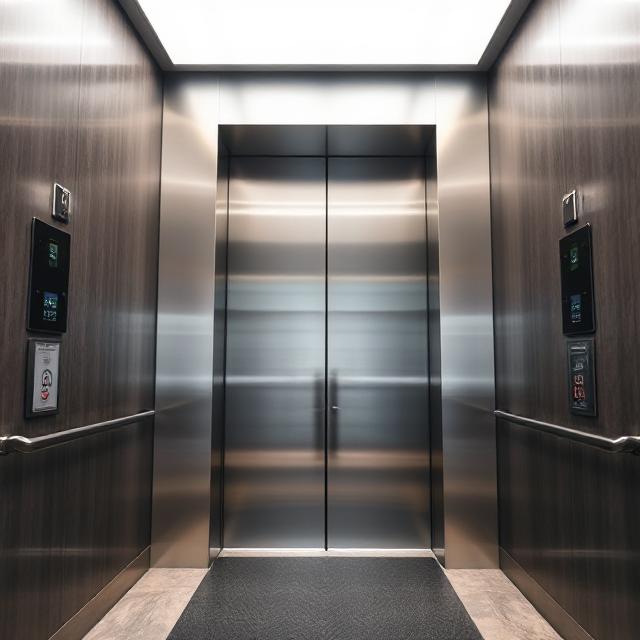


Among the many components that contribute to an elevator’s functionality, the Re Closing Spring plays a crucial but often overlooked role.
Modern elevators are marvels of engineering, combining mechanical precision with user-centric safety features. Among the many components that contribute to an elevator’s functionality, the Re Closing Spring plays a crucial but often overlooked role. While it may seem like a small part of the system, its function is essential for ensuring consistent performance and passenger safety.
In this article, we explore what a Re Closing Spring is, how it functions within the elevator system, and why it is an indispensable component in modern elevator door mechanisms.
A Re Closing Spring is a mechanical component used in elevator door systems to ensure that the doors close properly after being opened.
Unlike a standard spring that might simply assist with motion, the Re Closing Spring is specifically designed to exert a controlled force to reclose the doors, even if partial resistance is present, such as wind pressure or minor obstructions.
The Re Closing Spring is integrated into the door locking and closing mechanism. When the elevator doors open, the spring gets tensioned. Once the opening force is removed, the stored energy in the spring pulls the doors back to the closed position. This mechanism ensures that the doors do not remain ajar, thereby preventing safety hazards such as people or objects getting caught between them.
In most elevator systems, this spring works alongside other door control components such as the door operator motor, limit switches, and sensors. However, the mechanical reliability of the Re Closing Spring acts as a backup in case the motor fails or lacks enough torque to fully close the doors in certain situations.
The primary importance of the Re Closing Spring lies in its role in closing elevator doors properly. A door that doesn’t fully close poses a serious safety risk, potentially allowing passengers to access the elevator shaft or triggering emergency system failures. By ensuring the doors return to the closed position reliably, the spring minimizes such risks.
When elevator doors remain partially open, the entire system may stall or delay, affecting the building’s vertical transportation efficiency. The Re Closing Spring aids in maintaining the correct door alignment and speed, allowing for smoother operation and faster service cycles.
In case of power loss or electronic malfunctions, mechanical components like the Re Closing Spring ensure that the elevator doors are not left in a hazardous open position. This adds an additional layer of safety and reliability to the system, crucial during emergency scenarios.
Hydraulic elevators, often used in low-rise buildings, benefit from the Re Closing Spring to assist in ensuring manual or semi-automatic doors close securely without electrical input.
In high-speed traction elevators, especially in commercial buildings, the Re Closing Spring supports the motor-driven doors by providing additional force for re-closing, improving overall door performance and system durability.
In freight elevators, where doors are often heavy and exposed to rough handling, the spring adds a mechanical layer of control that helps keep operations smooth and safe.
The efficiency of a Re Closing Spring depends on its build quality, material strength, and compatibility with the door system. Springs made from high-tensile steel or treated alloys offer greater longevity and resistance to fatigue.
If you’re in the process of sourcing this component, it’s important to choose a reliable manufacturer. Finding a Re Closing Spring Supplier in Poland can offer the advantage of European-standard quality and efficient logistics, particularly for projects across the EU.
To ensure the continued effectiveness of a Re Closing Spring, regular maintenance checks should be scheduled. These include:
Visual Inspections: Look for signs of corrosion, deformation, or wear.
Tension Testing: Measure the spring’s force output to ensure it meets original specifications.
Lubrication: Although most springs are designed to operate dry, some may benefit from occasional lubrication depending on the operating environment.
Replacement Schedule: Springs have a finite lifespan and should be replaced as per the manufacturer’s recommendations to avoid failure.
Though small in size, the Re Closing Spring plays a disproportionately large role in the safety and efficiency of elevator systems. It ensures doors close properly, enhances passenger security, and supports the elevator’s overall functionality.
